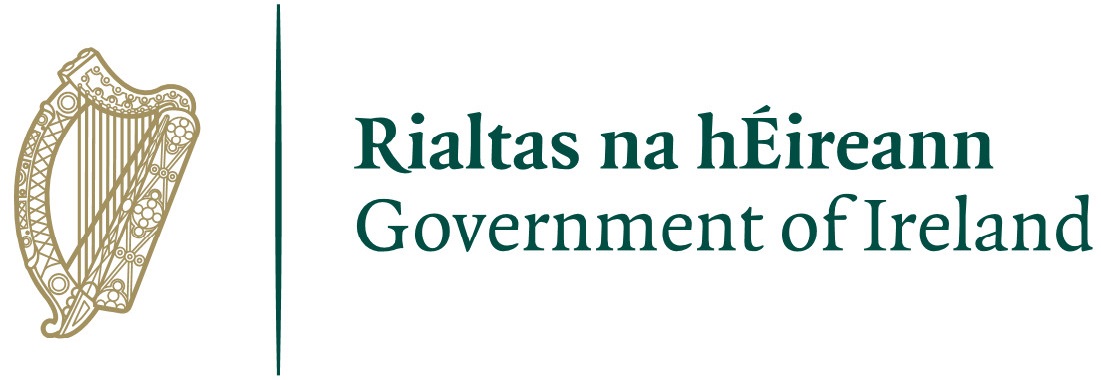This is a tale of two policy decisions; one that has had a crucial influence on rural Ireland’s development and the other that proposes to make serious changes to the original decision. There’s over twenty years between the decisions and that period may well come to be seen in local development circles as the ‘LEADER Era’. The initiative and development philosophy declared by the Carnegie Foundation as, “Widely regarded as one of Europe’s most successful regeneration programmes.” That success now stands in imminent danger from the proposals of government to ‘align’ LEADER under the aegis of the local authorities. But let’s read on first …….
In 1991 an Irish EU Commissioner and former Minister initiated the radical policy in reforming the Common Agriculture Policy (CAP) of proposing that local rural communities should have direct financial input into their economic and social development. Ray McSharry launched the LEADER programme in that year on a pilot basis in Ireland and Greece. The key principles of the concept were in the formation of a ‘local action group’ (LAG) of all a region’s development interests- but led by the community sector. Crucially it would also be separate to the local authority structures. The architects of LEADER wanted communities to have access to supports and funding to lead their own development strategies.
LEADER was radical in European terms; possibly less alien to Ireland, where direct community involvement in local development has always been both a necessity and something that was treasured. It was therefore hardly surprising that LEADER thrived in Ireland and that the Irish practice of the LEADER way of doing things- in the jargon- the methodology became regarded as the best practice. Groups visited Ireland from across the EU to meet and learn from Irish LEADER companies- or LAGs, such as ourselves in Kilkenny LEADER Partnership. This is particularly true of the former accession states in eastern and southern Europe. Many Irish LAGs have direct supportive relationships with their counterparts in these countries- to their mutual advantage.
The small pilot initiative has grown in size and prestige and is now recognised by most observers to have proved itself in the rural context but to now been identified as a future cornerstone of development policies across a range of EU’s major funding programmes- such as the European Social Fund (ESF), European Regional Development Fund (ERDF), European Maritime and Fisheries Fund (EMFF), The ‘Cohesion Fund’. The funds are the method by which the EU supports its desired policies and we often see them in the form of the EU sign and logo on buildings, roads, and publications. It wants to change that.
The clumsily titled ‘Community Led Local Development’ policy has quite a simple and elegant concept. It sees significant parts of these huge funds that until now have been spent in a very high level ‘top-down’ way now being delivered through the LEADER ‘bottom-up’ way. Revolutionary and exciting stuff for local communities- urban and rural throughout Europe and Ireland’s LEADER programme is the effective model for the vision. To encourage states to adopt the Irish model of best practice, the EU Commission is proposing that states who adopt it will get a 10% additional premium above their standard grants! That’s on each programme. In the case of the current LEADER programme alone that would equate to an additional €42 million. In a situation in the next round of programmes from 2014 to 2020, where the other programmes are involved we are probably taking a multiple of that figure.
So with this on offer, it is surprising then that in the land of its birth and rise to influence that this is been undermined and compromised. For that is the impact of Minister Phil Hogan’s proposals in his Putting People First policy. In chapters 3 and 4 of the document the Minister proposes that a new local authority-led ‘Quasi-Autonomous-Non-Governmental-Organisation’ (QUANGO), a Socio-Economic Committee be established in each county and that this become the LEADER funder and applicant. The council-led Socio-Economic Committee (SEC) will take over the functions of the current independent community-driven companies such as KLP and decide who gets the funding. KLP will be entitled to apply- like the local authority itself and other bodies for the right to administer LEADER funding. Not surprisingly KLP like all its fellow LEADER companies are not too happy about this proposal and are campaigning against it.
This is not only on account of the vulnerable position it places the company in in terms of security of budget and sustainability- but more importantly for what implications that change will have for the businesses and communities we serve and in terms of the 10% fund premium that the EU proposes for those states that adapt the ‘Irish model’. Officials have stated that they will seek to meet all the requirements that the EU demand- but with the establishment of the extra layer of bureaucracy that is the SEC- quango, it is hard to regard the statements without scepticism on whether they will try to do the minimum to meet the ‘letter’ of the policy rather than the true bottom-up ‘spirit’ of the EU’s proposals. While the EU proposes a local development revolution based on a tried and tested philosophy of development; Ireland is moving towards ‘counter-revolution’ on an untried model with little apparent structure other than strengthening the role of local authorities.
So has LEADER- the movement that was born in Ireland come to the position that it will be smothered in the land of its birth? It’s possibly too soon to say- but there a struggle to protect it necessary.
Links
Carnegie Foundation A Common Rural Development Policy?
EU Commission Briefing- Community Led Local Development
By Denis Drennan Kilkenny LEADER Partnership Chairman

![23-27 LEADER Programme Logos-2040 logo Text PNG[29] 23-27 LEADER Programme](http://cklp.ie/wp-content/uploads/23-27-LEADER-Programme-Logos-2040-logo-Text-PNG29.png)




